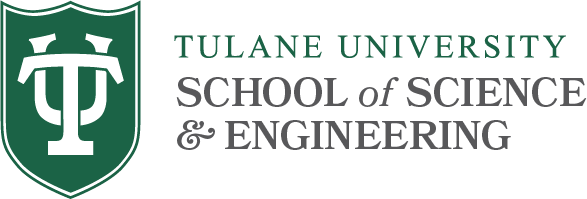Feature selection, statistical modeling and its applications to universal JPEG steganalyzer
By: Jaikishan Jalan
Abstract
Steganalysis deals with identifying the instances of medium(s) which carry a message for communication by concealing their exisitence. This research focuses on steganalysis of JPEG images, because of its ubiquitous nature and low bandwidth requirement for storage and transmission. JPEG image steganalysis is generally addressed by representing an image with lower-dimensional features such as statistical properties, and then training a classifier on the feature set to differentiate between an innocent and stego image. Our approach is two fold: first, we propose a new feature reduction technique by applying Mahalanobis distance to rank the features for steganalysis. Many successful steganalysis algorithms use a large number of features relative to the size of the training set and suffer from a "curse of dimensionality": large number of feature values relative to training data size. We apply this technique to state-of-the-art steganalyzer proposed by Tomas Pevny (SPIE 2007) to understand the feature space complexity and effectiveness of features for steganalysis. We show that using our approach, reduced-feature steganalyzers can be obtained that perform as well as the original steganalyzer. Based on our experimental observation, we then propose a new modeling technique for steganalysis by developing a Partially Ordered Markov Model (POMM) (IEEE ICIP ’93) to JPEG images and use its properties to train a Support Vector Machine. POMM generalizes the concept of local neighborhood directionality by using a partial order underlying the pixel locations. We show that the proposed steganalyzer outperforms a state-of-the-art steganalyzer by testing our approach with many different image databases, having a total of 20,000 images. Finally, we provide a software package with a Graphical User Interface that has been developed to make this research accessible to local state forensic departments.
ACM Reference
Jalan, J. 2009. Feature selection, statistical modeling and its applications to universal JPEG steganalyzer. Iowa State University.
BibTeX Reference
@mastersthesis{jalan2009feature,
title = {Feature selection, statistical modeling and its applications to universal JPEG steganalyzer},
author = {Jalan, Jaikishan},
year = {2009},
school = {Iowa State University},
abstract = {
Steganalysis deals with identifying the instances of medium(s) which carry a
message for communication by concealing their exisitence. This research
focuses on steganalysis of JPEG images, because of its ubiquitous nature and
low bandwidth requirement for storage and transmission.
JPEG image steganalysis is generally addressed by representing an image with
lower-dimensional features such as statistical properties, and then training a
classifier on the feature set to differentiate between an innocent and stego
image. Our approach is two fold: first, we propose a new feature reduction
technique by applying Mahalanobis distance to rank the features for
steganalysis. Many successful steganalysis algorithms use a large number of
features relative to the size of the training set and suffer from a "curse of
dimensionality": large number of feature values relative to training data
size. We apply this technique to state-of-the-art steganalyzer proposed by
Tomas Pevny (SPIE 2007) to understand the feature space complexity and
effectiveness of features for steganalysis. We show that using our approach,
reduced-feature steganalyzers can be obtained that perform as well as the
original steganalyzer. Based on our experimental observation, we then propose
a new modeling technique for steganalysis by developing a Partially Ordered
Markov Model (POMM) (IEEE ICIP '93) to JPEG images and use its properties to
train a Support Vector Machine. POMM generalizes the concept of local
neighborhood directionality by using a partial order underlying the pixel
locations. We show that the proposed steganalyzer outperforms a
state-of-the-art steganalyzer by testing our approach with many different
image databases, having a total of 20,000 images. Finally, we provide a
software package with a Graphical User Interface that has been developed to
make this research accessible to local state forensic departments.
}
}
